
Toxic places around the world reveal the devastating impact of industrial practices and neglect. These locations carry stories of pollution, health crises, and environmental damage that demand attention. Explore the realities behind some of Earth’s most dangerous hotspots and why they matter today.
Chernobyl, Ukraine
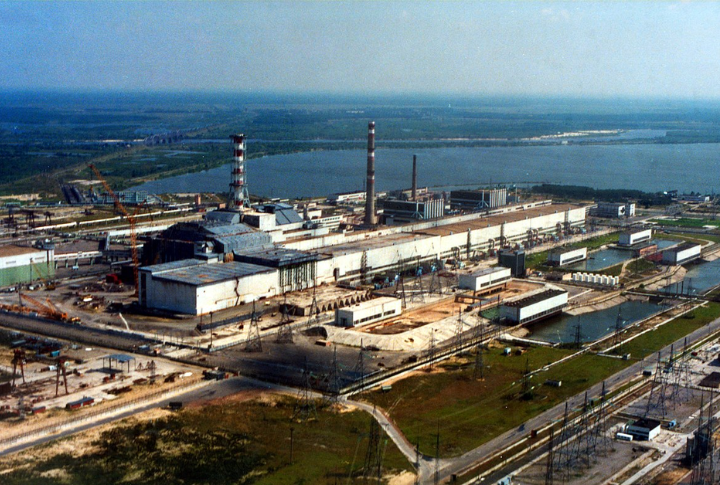
The 1986 disaster at Reactor No. 4 unleashed radioactive fallout across Europe, roughly 400 times stronger than the Hiroshima bomb. Contaminants like cesium-137 still cling to the soil. Some residents returned over the years, but scientists warn long-term health risks remain uncertain.
Love Canal, USA
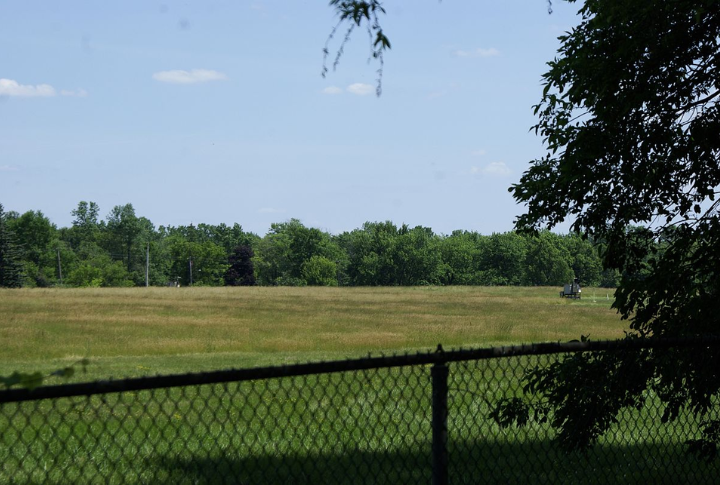
In the 1970s, families in a quiet New York neighborhood discovered their homes were built on a buried chemical dump. Many began reporting unusual health issues and a rise in birth defects. The site was eventually evacuated, but Love Canal remains a haunting case of corporate negligence and delayed action.
Norilsk, Russia

Norilsk, one of the coldest industrial cities on Earth, emits over 2 million tons of pollutants annually from its massive nickel and copper smelting plants. Black snow is a common sight. After a major 2020 fuel spill, global concern over its environmental crisis intensified sharply.
Kabwe, Zambia
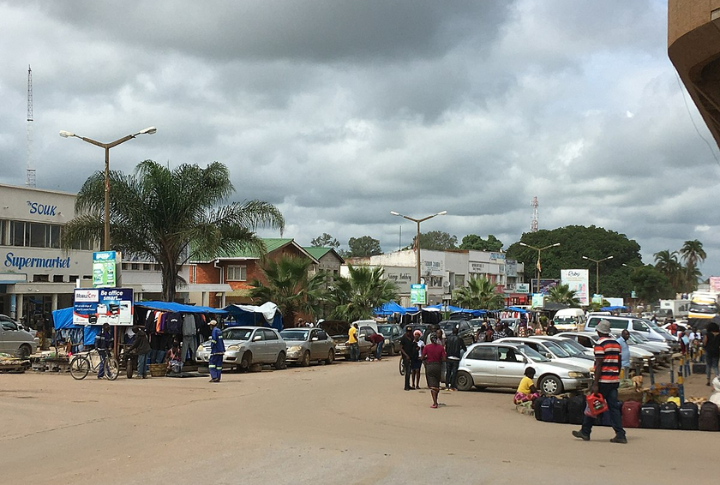
For decades, lead dust from a now-closed smelter settled over Kabwe’s homes, streets, and playgrounds. Many children still show blood lead levels over ten times the CDC’s danger mark. Cleanup efforts have started, but families living nearby haven’t seen much change in daily life.
Citarum River, Indonesia
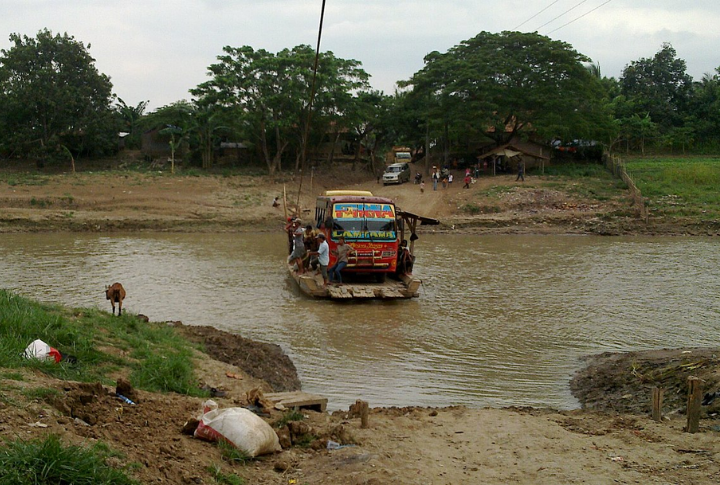
The Citarum runs through West Java like a lifeline, yet it’s filled with toxic waste from over 2,000 factories. Some areas show lead levels that exceed international safety standards by 1,000 times. Locals continue to bathe and farm here, often with no other option.
Dzerzhinsk, Russia
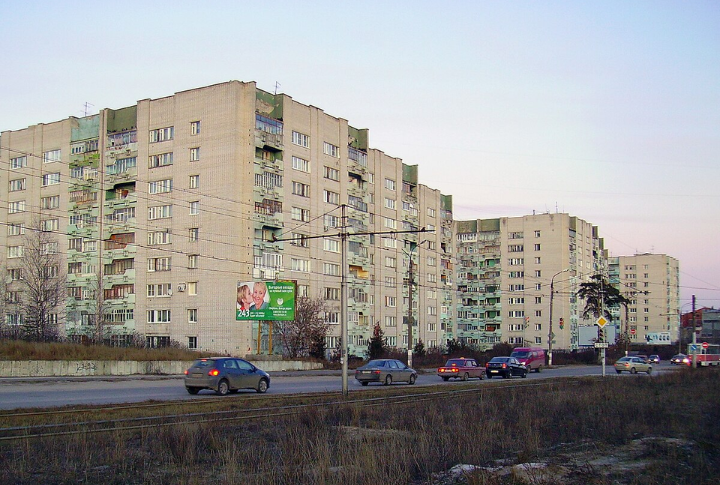
Once a hub for Soviet chemical production, Dzerzhinsk is now known for its poisoned groundwater and unusually short lifespans. An estimated 300,000 tons of toxic waste were dumped over the years. Moreover, some factories still function, deepening the scars left behind and raising concerns about lasting exposure.
La Oroya, Peru
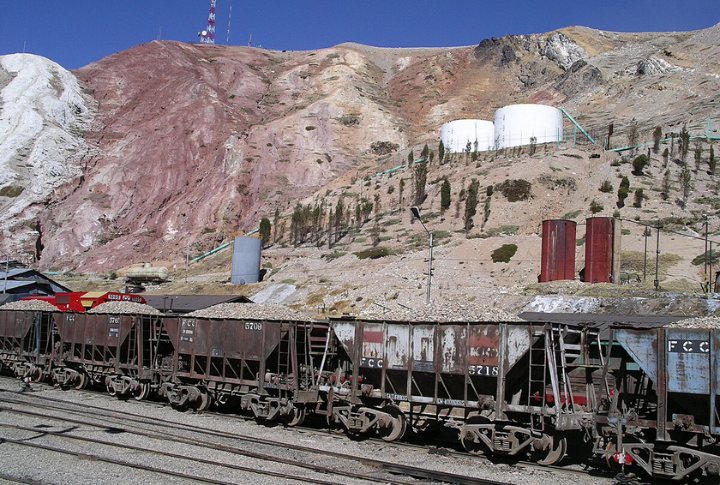
High in the Andes, La Oroya has endured decades of metal smelting that filled the air with arsenic, cadmium, and lead. Most children here show signs of heavy metal exposure. Even after temporary plant closures, many residents say the air still feels heavy to breathe.
Agbogbloshie, Ghana
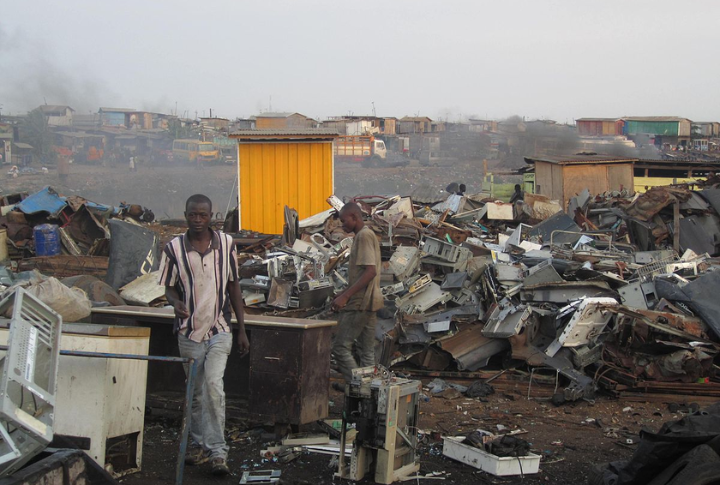
This site near Accra has become a global dumping ground for e-waste. Workers break apart old electronics using basic tools, often inhaling toxic fumes from burning plastic. Despite international outcry, demand for scrap metal keeps the cycle going—and the health toll keeps climbing.
Niger Delta, Nigeria

Oil extraction has devastated the Niger Delta, where spills seep into drinking water and fishing grounds. Over 13 million barrels have leaked into the region since the 1950s. For many communities, clean water remains scarce, and cleanup promises have been slow to materialize.
Hazaribagh, Bangladesh
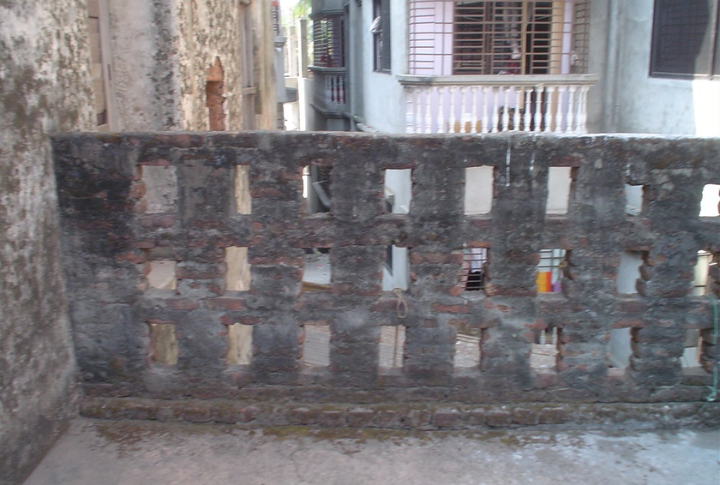
In Hazaribagh, tanneries once discharged chromium-laced water directly into rivers without treatment. Although most factories moved to a new zone in 2017, many never installed proper waste systems. Residents suffer ongoing health problems, while polluted soil continues to harm the local environment.
